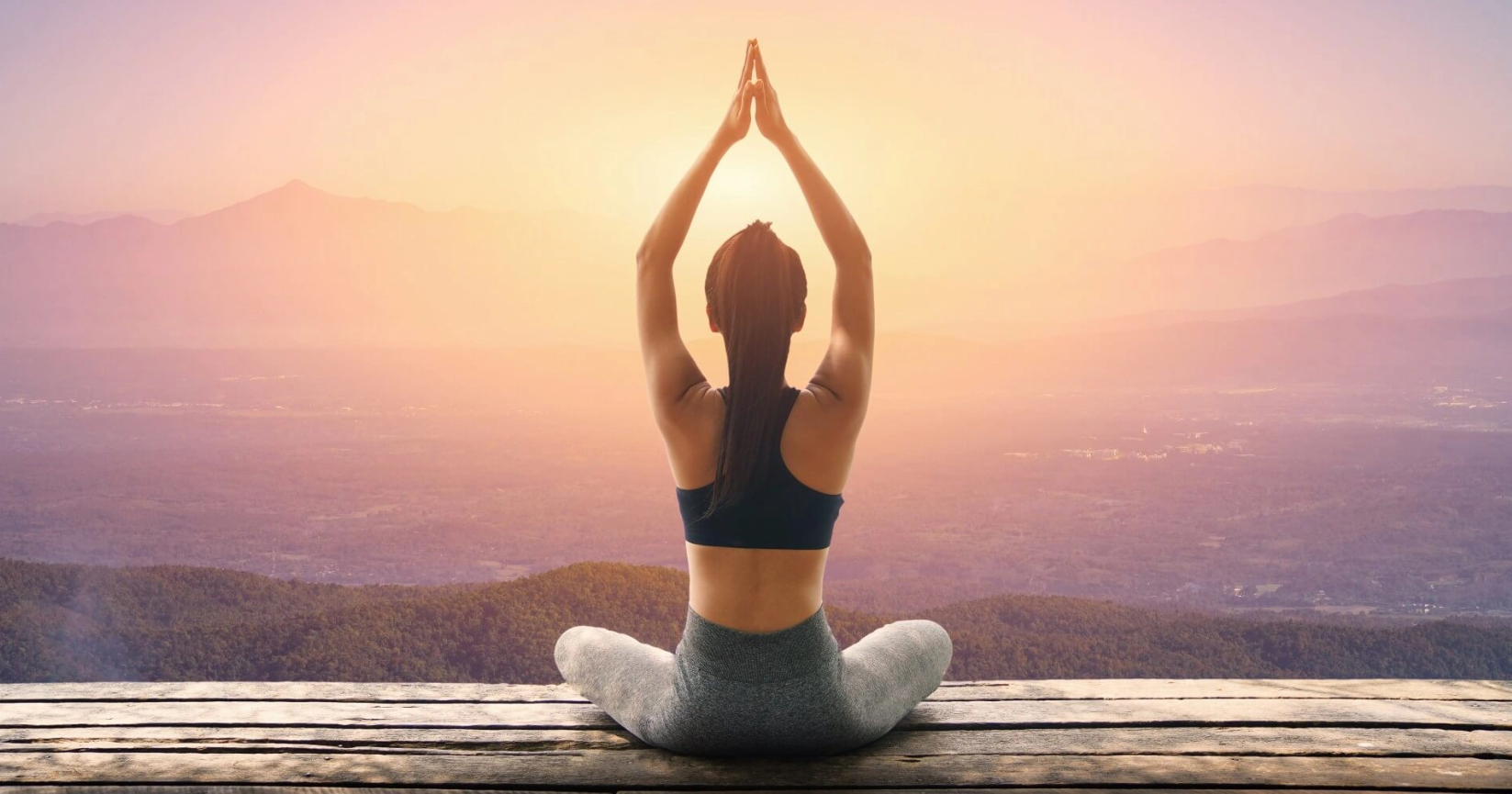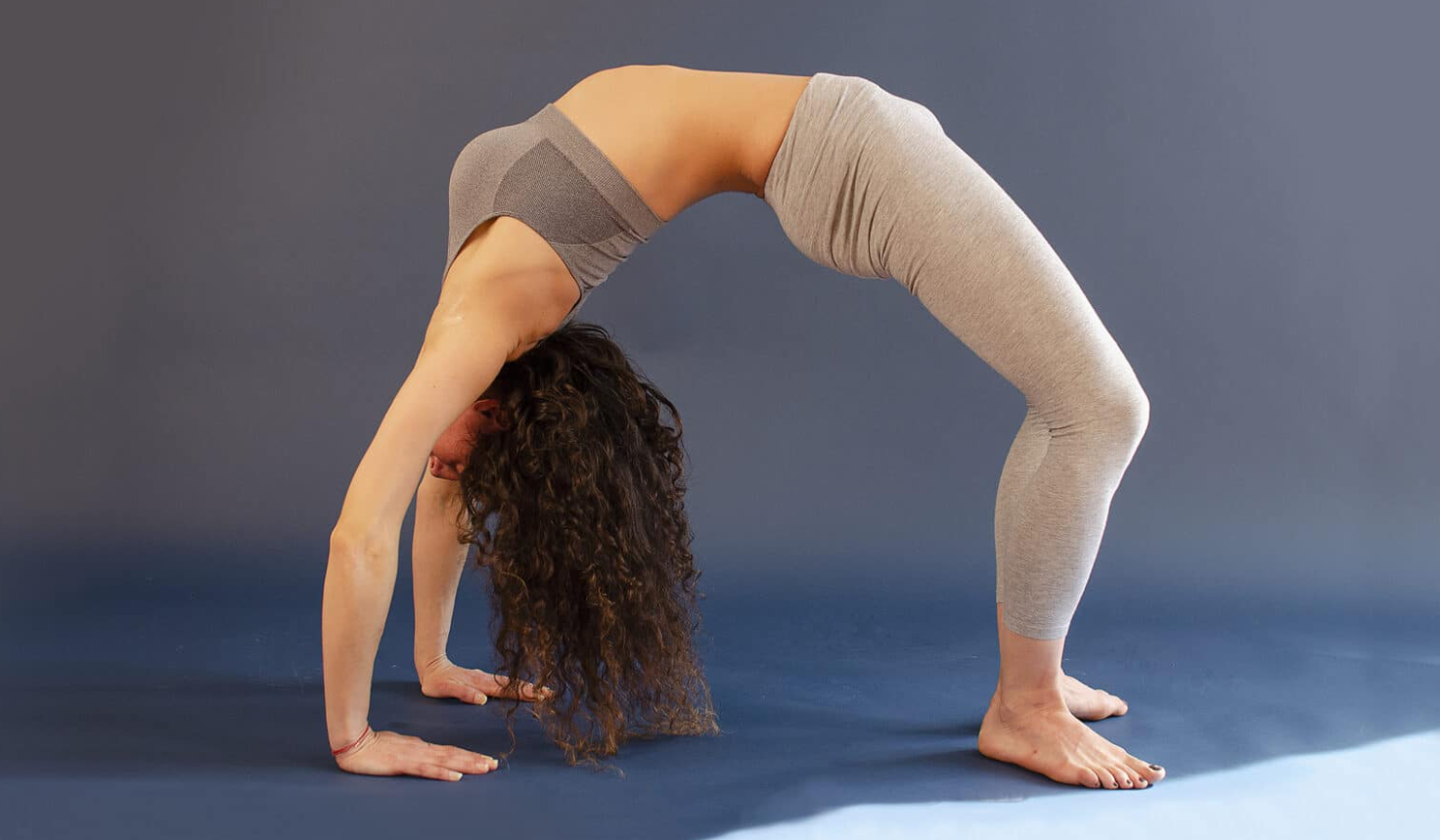Welcome to Yoga Club, your sanctuary for embracing wellness...
Scroll down to explore beginner-friendly yoga tutorials...

yoga!

Your guide to wellness and mindfulness
Welcome to Yoga Club, your sanctuary for embracing wellness...
Scroll down to explore beginner-friendly yoga tutorials...
If you struggle with falling asleep or staying asleep, yoga can be a natural and effective remedy to improve your sleep quality. Yoga helps relax the mind, relieve tension in the body, and promote a state of calm that prepares you for restful sleep. By incorporating gentle poses, breathing exercises, and meditation into your nighttime routine, you can set the stage for a peaceful night’s rest. In this guide, we’ll explore the best yoga poses and techniques for better sleep and how to create a calming bedtime yoga practice.
Yoga supports better sleep in several ways:
Research has shown that practicing yoga regularly can have significant benefits for sleep. A study published in 2020 found that older adults who practiced yoga experienced better overall sleep quality, fewer episodes of disturbed sleep, and took less time to fall asleep compared to those who didn't practice yoga[1]. The positive effects of yoga on sleep are attributed to several factors:

Reduces Stress and Anxiety: Yoga activates the parasympathetic nervous system, also known as the “rest and digest” system, which calms the body and mind. This helps reduce stress and anxiety, two major contributors to sleep disturbances.
Relaxes the Body: Gentle yoga stretches relieve muscle tension and stiffness that can build up during the day. This physical relaxation helps prepare your body for sleep.
Calms the Mind: Yoga’s focus on mindful breathing and meditation helps quiet mental chatter, making it easier to fall asleep and stay asleep.
Improves Sleep Quality: Regular yoga practice has been shown to increase the quality and duration of sleep, helping you feel more rested and rejuvenated in the morning.
A restful pose that gently stretches the lower back, hips, and thighs while promoting relaxation.
How to Do It: Kneel on the floor with your big toes touching and knees spread apart. Sit back on your heels and stretch your arms forward, resting your forehead on the mat. Breathe deeply and hold for several breaths.
Benefits: Child’s Pose relaxes the body and mind, relieving tension in the lower back and hips.
Legs Up the Wall (Viparita Karani): A restorative pose that promotes relaxation and improves circulation.
How to Do It: Sit with your side against a wall, then gently swing your legs up the wall as you lie down on your back. Keep your arms by your sides, palms facing up. Close your eyes and hold for 5-10 minutes.
Benefits: Legs Up the Wall soothes the nervous system, reduces swelling in the legs, and calms the mind, making it a perfect pose before bed.
Reclining Bound Angle Pose (Supta Baddha Konasana): A gentle hip opener that helps release tension and encourages relaxation.
How to Do It: Lie on your back with the soles of your feet together and knees falling open to the sides. Place a pillow or blanket under your knees for support if needed. Rest your arms by your sides and breathe deeply.
Benefits: This pose stretches the hips and inner thighs while calming the body and mind, promoting restful sleep.
Cat-Cow Pose (Marjaryasana-Bitilasana): A gentle flow between two poses that stretches the spine and releases tension in the back and neck.
How to Do It: Start on your hands and knees. Inhale as you arch your back, lifting your head and tailbone (Cow Pose). Exhale as you round your spine, tucking your chin and pelvis (Cat Pose). Repeat for several breaths.
Benefits: Cat-Cow helps release tension in the spine, improves flexibility, and prepares the body for relaxation.
Supine Twist (Supta Matsyendrasana): A reclining twist that stretches the spine and helps release tension in the lower back and hips.
How to Do It: Lie on your back with your knees bent. Lower both knees to one side while keeping your shoulders grounded. Hold for a few breaths, then switch sides.
Benefits: Supine Twist releases tension in the lower back and promotes spinal flexibility, making it easier to relax before bed.
Corpse Pose (Savasana): The ultimate relaxation pose, typically practiced at the end of a yoga session.
How to Do It: Lie flat on your back with your arms resting by your sides, palms facing up. Close your eyes and focus on releasing tension from each part of your body, starting from your toes and working your way up to your head.
Benefits: Savasana helps the body and mind enter a state of deep relaxation, promoting restful sleep and reducing stress.
4-7-8 Breathing: This simple breathing technique helps calm the nervous system and promotes relaxation.
How to Do It: Inhale through your nose for a count of 4, hold your breath for a count of 7, and exhale slowly through your mouth for a count of 8. Repeat for 4-6 rounds.
Benefits: The 4-7-8 breath helps slow your heart rate and quiet the mind, making it easier to fall asleep.
Nadi Shodhana (Alternate Nostril Breathing): A balancing breath technique that promotes calmness and reduces anxiety.
How to Do It: Sit comfortably and close your right nostril with your thumb. Inhale through your left nostril, then close it with your ring finger. Release your right nostril and exhale. Inhale through your right nostril, then close it and exhale through your left. Repeat for several rounds.
Benefits: Alternate Nostril Breathing balances the nervous system and reduces stress, promoting a state of relaxation before sleep.
Practice in a Quiet Space: Set up a peaceful, clutter-free space where you can practice without distractions. Dim the lights, use candles or soft lighting, and consider playing calming music or nature sounds to create a serene atmosphere.
Keep It Gentle: Bedtime yoga should be gentle and relaxing, so avoid vigorous or energizing poses that may wake you up. Focus on slow, mindful movements and deep stretches that encourage relaxation.
Incorporate Meditation: After practicing yoga poses, take a few minutes to meditate. You can sit quietly and focus on your breath, or practice a guided meditation for sleep. This helps quiet your mind and prepares you for restful sleep.
Use Props: Don’t hesitate to use props like pillows, blankets, or bolsters to make your practice more comfortable. Props help support your body in poses, allowing you to relax more deeply.
Stick to a Routine: Consistency is key to improving your sleep with yoga. Try to practice at the same time each night to signal to your body that it’s time to wind down.
Body Scan Meditation: Lie down in Savasana and mentally scan your body from head to toe, noticing areas of tension and relaxing them as you go. This helps bring your focus to the present moment and prepares you for sleep.
Gratitude Practice: Before bed, take a few minutes to reflect on things you’re grateful for. This positive mindset can help reduce stress and promote a sense of peace before sleep.
Journaling: If your mind is racing with thoughts before bed, try journaling. Writing down your thoughts or to-do lists can help clear your mind and make it easier to relax.
Final Thoughts
Yoga is a natural and effective way to improve your sleep quality and establish a calming bedtime routine. By incorporating gentle poses, breathing exercises, and mindfulness practices into your evening, you can prepare your body and mind for a restful night’s sleep. Whether you’re dealing with occasional sleeplessness or chronic insomnia, yoga can help you unwind, release tension, and create the peaceful environment needed for restorative sleep.